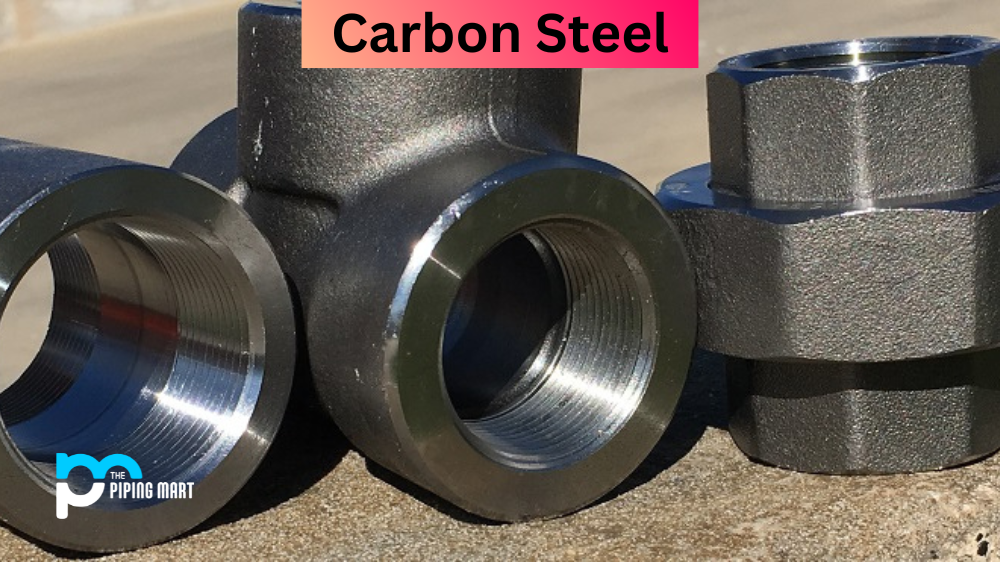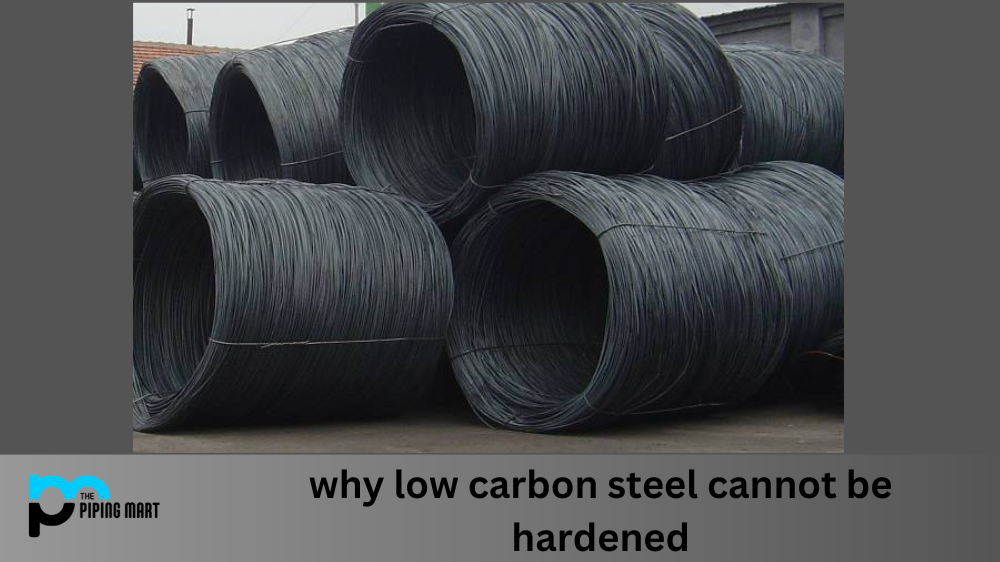Carbon steel is a type of steel alloy that has a combination of iron and carbon. It’s known for its many great mechanical, physical, and chemical properties. These properties make it an ideal choice for many applications, including automotive parts, construction materials, tools, and so much more. Let’s take a closer look at the composition and properties of carbon steel to better understand why it’s such a versatile material.
Carbon Steel Composition
The main component in carbon steel is iron; however, other elements may be present as well. Usually, the most common elements are carbon, manganese, sulfur, phosphorus, silicon, and aluminium. Depending on the application or desired outcome of the product being made from carbon steel, different amounts of these elements can be used to change the properties of the metal alloy.
Carbon Steel Mechanical Properties
One reason why carbon steel is so popular is that it has great mechanical properties such as strength and ductility. It also has excellent wear resistance, which makes it ideal for many products that require durability, such as construction materials or automotive parts. The hardness of the metal can be adjusted by changing the composition to include more or less carbon. The higher the percentage of carbon in the alloy, the harder it will become, but it will also be more brittle.
Carbon Steel Physical Properties
In addition to its great mechanical properties, carbon steel also has excellent physical properties such as corrosion resistance and thermal conductivity. This makes it an ideal choice for many applications that involve exposure to harsh environments or extreme temperatures. It also has good weldability, which means that it can easily be joined with other metals if needed without any special treatments or processes required beforehand. The thermal conductivity also helps ensure that heat is conducted away from any welded joints, which can help prevent cracking or warping due to temperature changes over time.
Carbon Steel Uses
Due to its great composition and properties mentioned above, there are countless uses for carbon steel in both commercial and industrial settings today. Some common examples include automotive parts such as engine blocks and exhaust systems; construction materials such as rebar and structural beams; tools like hammers and wrenches; kitchenware like knives and cutlery; medical instruments like scalpels; art pieces like sculptures; machine components like gears; pipes & tubes used in plumbing systems; agricultural equipment like tractors & ploughs; aircraft frames & parts; fencing materials & so much more!
Conclusion:
Carbon steel is one of the most versatile materials available today thanks to its great composition and multiple beneficial properties across mechanical strength & ductility, physical corrosion resistance & thermal conductivity, plus its ability to be easily welded together with other metals when needed. Its versatility makes it suitable for use in a wide variety of industries, from automotive parts & construction materials to kitchenware & medical instruments. With all these benefits combined, there’s no doubt that anyone who needs strong, durable, reliable products should consider using carbon steel for their project!

Pipingmart is a B2B portal that specializes in metal, industrial and piping items. Additionally, we share the latest information and information about materials, products and various types of grades to assist businesses that are involved in this business.




